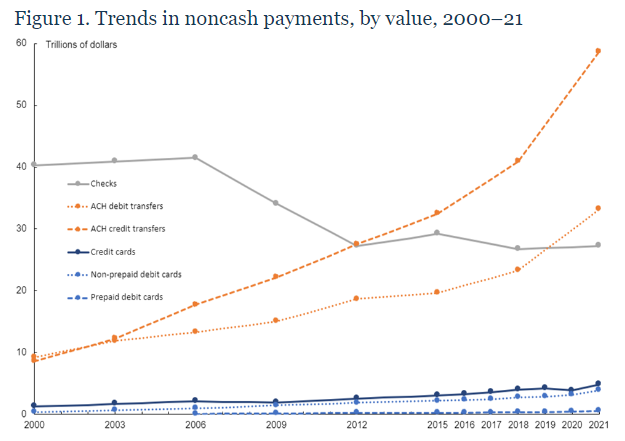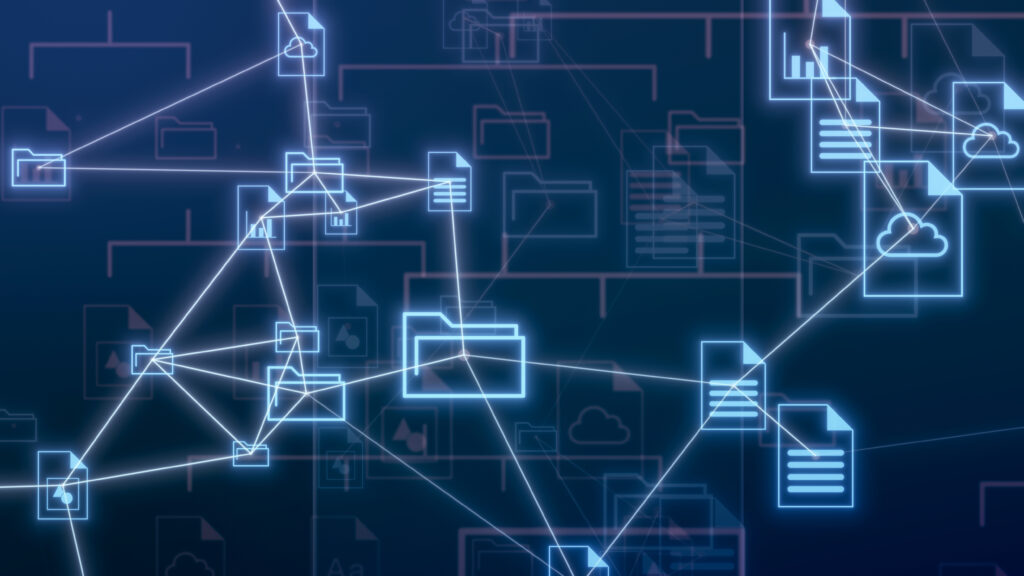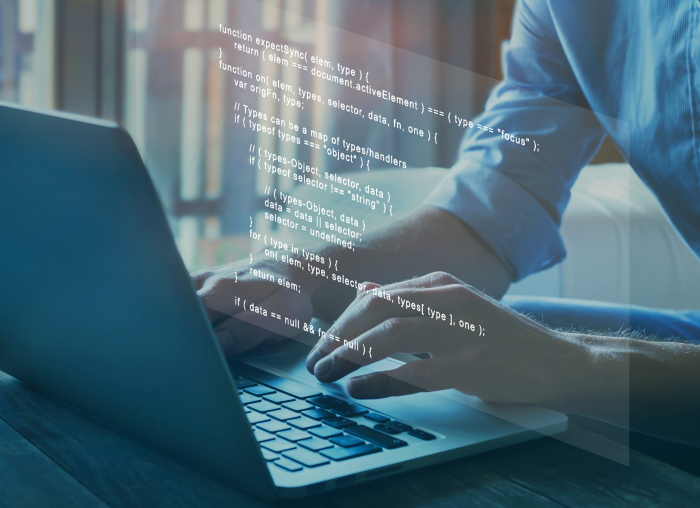
Technical communication is a critical part of many industries, including software development, engineering, and manufacturing. Effective technical communication requires clear and concise language, attention to detail, and a deep understanding of the subject matter. Unfortunately, there are several common mistakes that can undermine the effectiveness of technical communication.
In this article, we will discuss the top five most common mistakes in technical communication and how to avoid them.
Using jargon or technical terms that are unfamiliar to the audience
One of the most common mistakes in technical communication is the use of jargon or technical terms that are unfamiliar to the audience. This can be particularly problematic when communicating with non-technical stakeholders or end-users who may not be familiar with technical terminology. To avoid this mistake, it is important to use clear and concise language that is appropriate for the audience.
Failing to provide context or background information
Another common mistake in technical communication is failing to provide context or background information. This can make it difficult for the audience to understand the purpose or importance of the information being communicated. To avoid this mistake, it is important to provide sufficient background information and context to help the audience understand the subject matter.
Overloading the audience with too much information
Technical communication can be complex, and it can be tempting to include as much information as possible to ensure that all bases are covered. However, overloading the audience with too much information can be overwhelming and can make it difficult for them to understand the key points. To avoid this mistake, it is important to focus on the most critical information and present it in a clear and concise manner.
Failing to use visual aids effectively
Visual aids such as diagrams, charts, and illustrations can be incredibly helpful in technical communication. However, failing to use these aids effectively can be a common mistake. This can include using poorly designed visual aids, failing to provide clear captions or labels, or using too many visual aids that can overwhelm the audience. To avoid this mistake, it is important to use visual aids sparingly and to ensure that they are clear, concise, and relevant to the subject matter.
Ignoring the importance of formatting and layout
Finally, ignoring the importance of formatting and layout can be a common mistake in technical communication. This can include using inconsistent formatting, failing to use headings or subheadings, or using a font size or style that is difficult to read. To avoid this mistake, it is important to pay attention to formatting and layout and to ensure that the communication is easy to read and navigate.
Solid technical communication is critical to the success of many industries. By avoiding these common mistakes and focusing on clear, concise, and effective communication, you can ensure that your technical communication is effective and valuable to your audience.
To learn more about our services, contact us at collin@canrightcommunications.com





